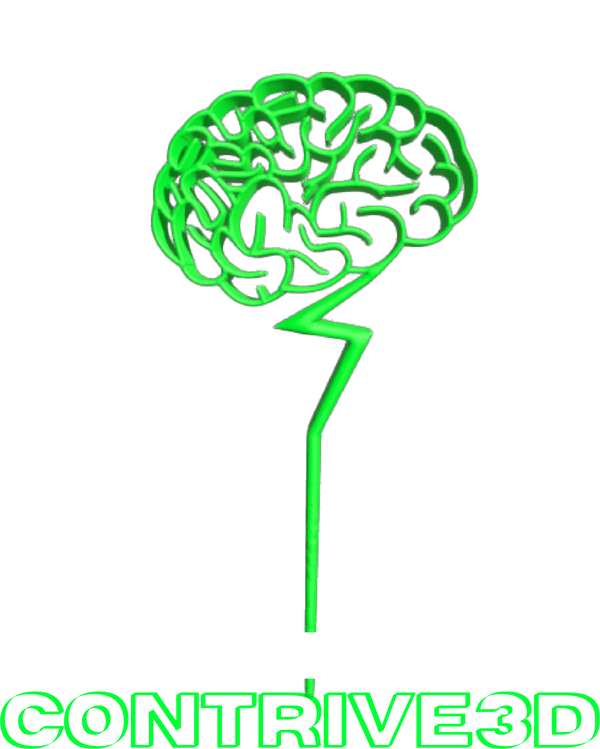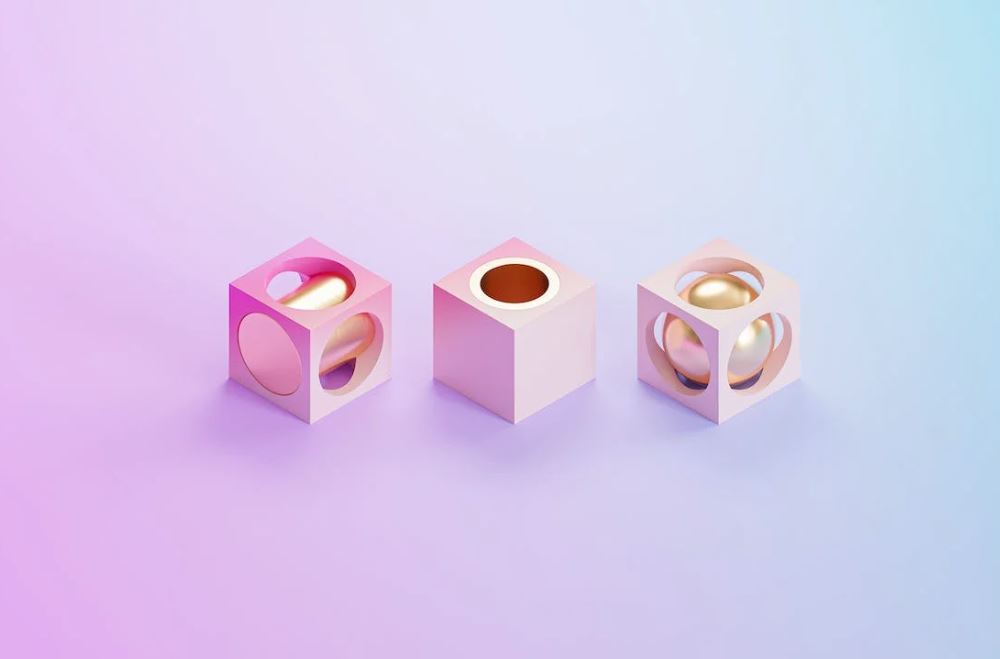3D printing is no longer just a novelty technology. It has become a versatile tool that can be used to produce functional parts for various applications. From automotive to aerospace industries, 3D printing has enabled manufacturers to produce parts with complex geometries, precise tolerances, and reduced lead times. In this article, we'll discuss the benefits of 3D printing functional parts and how to design and print them.
Benefits of 3D Printing Functional Parts There are several benefits of 3D printing functional parts compared to traditional manufacturing methods. Some of them include:
-
Customization: 3D printing enables the production of unique parts that are tailored to specific applications. With the ability to customize parts on demand, manufacturers can reduce lead times, increase production flexibility, and reduce inventory costs.
-
Complex geometries: Traditional manufacturing methods such as injection molding or CNC machining are limited to producing parts with simple geometries. 3D printing, on the other hand, can produce parts with complex geometries and internal structures that would be impossible to produce with traditional methods.
-
Reduced tooling costs: Traditional manufacturing methods require expensive tooling, molds, and dies to produce parts. With 3D printing, there's no need for tooling, which significantly reduces costs.
-
Faster lead times: 3D printing can produce parts in a matter of hours, compared to traditional manufacturing methods that can take days or even weeks. This faster turnaround time can reduce production lead times and improve time-to-market.
Designing and Printing Functional Parts To design functional parts for 3D printing, you need to consider several factors, including material properties, part orientation, and post-processing requirements. Here are some tips for designing functional parts for 3D printing:
-
Material properties: 3D printing materials have different properties that can affect the performance of the part. For example, ABS is a strong and durable material, while PLA is more brittle but easier to print. Consider the properties of the material when designing your parts.
-
Part orientation: The orientation of the part can affect the strength and accuracy of the part. For example, parts printed in the Z-axis (upright) have better accuracy and surface finish than parts printed in the X-axis (flat). Consider the part orientation when designing your parts.
-
Post-processing requirements: Some 3D printing materials require post-processing to achieve the desired properties. For example, some resins require curing with UV light, while some metals require sintering to achieve full density. Consider the post-processing requirements when designing your parts.
When printing functional parts, it's essential to ensure that the parts are strong and durable enough to withstand the intended use. Here are some tips for printing functional parts:
-
Use the right material: Choose a material that is strong and durable enough to withstand the intended use. For example, Nylon is a strong and durable material that is suitable for producing functional parts.
-
Use the right settings: Use the right print settings to ensure that the parts are strong and accurate. For example, print with a high infill density to increase part strength.
-
Test and iterate: Test the parts to ensure that they meet the intended use requirements. If the parts fail, iterate the design and print until you achieve the desired result.
Conclusion 3D printing has enabled the production of functional parts that are tailored to specific applications. By considering material properties, part orientation, and post-processing requirements, you can design and print functional parts that are strong, durable, and accurate. With the benefits of customization, complex geometries, reduced tooling costs, and faster lead times, 3D printing is becoming an essential tool for producing functional parts across various industries

